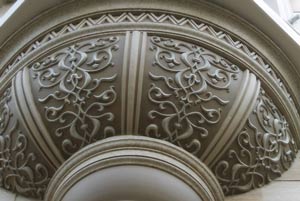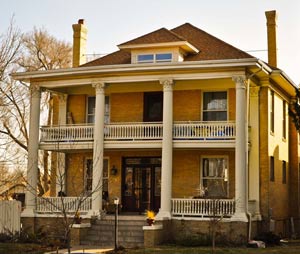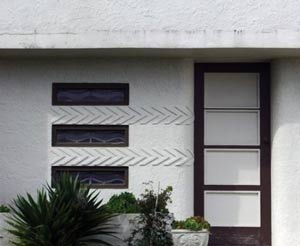You can visit our website.
Gypsum
Modern original design of facades with stucco helps to achieve completely unique decor results in Empire, Art Nouveau, Rococo or Classicism styles. It is stucco molding that gives the building a completely unique appearance, decorates and makes each building unique.
For the manufacture of stucco on the facade of the building, a wide variety of materials are used, modern composite composite compositions have been developed, but gypsum continues to be the leader among them. The popularity of gypsum is explained simply: it is very easy to work with this material, it is environmentally friendly and obedient, easy to use.
A detailed video on how to create plaster moldings and more
Gypsum is used for stucco molding both inside the building and for decorating facades. It is from gypsum that expressive figures are created to decorate buildings. Many works can be done by hand, giving each amazing new shape. There are many templates that you can use to create a finishing element for a building, however, each of them can be easily modified to make it unique.
Glass fiber reinforced concrete
Glass fiber reinforced concrete is a modern, very light and durable material, permeated through with fiberglass, which reinforces dry cement mixtures. Thanks to such unique components, the strength is significantly increased, and the weight of the material is significantly reduced. Glass fiber reinforced concrete has the following unique properties:

- Ability to withstand large sudden changes in temperature;
- Resistance to precipitation;
- Good resistance to mechanical stress;
- Low cost.
Textured products made of glass fiber reinforced concrete suggest any color. A dye is added to the mixture, due to which the figure immediately acquires the desired shade and does not require additional painting. Due to the ease and simplicity of working with glass fiber reinforced concrete, today it has become possible to replace old building facade decorations with similar, but lighter ones.
Polymer concrete
Polymer concrete is a composition of natural materials that have undergone grinding (sand, granite chips, quartz flour). The fastening element for polymer concrete are special resins. Among the main advantages of the material, it should be noted light weight in combination with sufficiently large strength characteristics. Externally, decorative elements made of polymer concrete most often imitate various types of natural stone.

Polyurethane
Facade decor made of polyurethane can be safely called the lightest in comparison with the above materials. Due to its light weight, polyurethane stucco molding has practically no load on the foundation and walls of the building. Such stucco molding is mounted on a special glue, and after installation it is painted in the desired color.
An example of a solution using polyurethane moldings
Assortment of decorative elements
To decorate buildings today, a wide variety of forms have been created, standard standard details for decorating facades are made, you can create stucco molding yourself from ready-made forms, which is quite simple. There is an instruction for installing such parts of facade decorations, it is proposed to use special glue on walls prepared for installation.
A detailed overview of the different types of façade decorative elements
Installation
In order to decorate a new building, you can use decoration elements such as cornices, pediments, sandriks, columns, consoles, balusters, bas-reliefs and high reliefs. Each of the decorations has its own specifics, so choose the best for your building, depending on what exactly you want to emphasize on the facade: the entrance, windows or gable.

- The cornice will decorate the facade of knowledge from above, it protrudes above the vertical of the facade, divides the horizontal of the wall and visually separates the roof.
- The pediment gives the building a complete look, is located at the eaves, next to the roof slope.
- Sandriks are the most common window decoration elements. There are especially many options for such decorative elements, these are small cornices ending with pediments.
- The column was usually used to additionally strengthen the roof, but often this element is used as a decorative element that does not bear mechanical impact. Modern architecture presupposes just such a vertical decoration of building facades.

- Console - used as a support for the protruding parts of the facade, for example, a balcony. One end of the console is firmly fixed, the other holds the structural detail.
- Rusty - recesses of various configurations on the facade plaster. With the help of rustication, the facade is visually divided into different parts.
- A baluster is a series of low columns on stairs or balconies. You can call this design a balustrade.
- Bas-reliefs and high reliefs - figures and images against the background of the facade.




